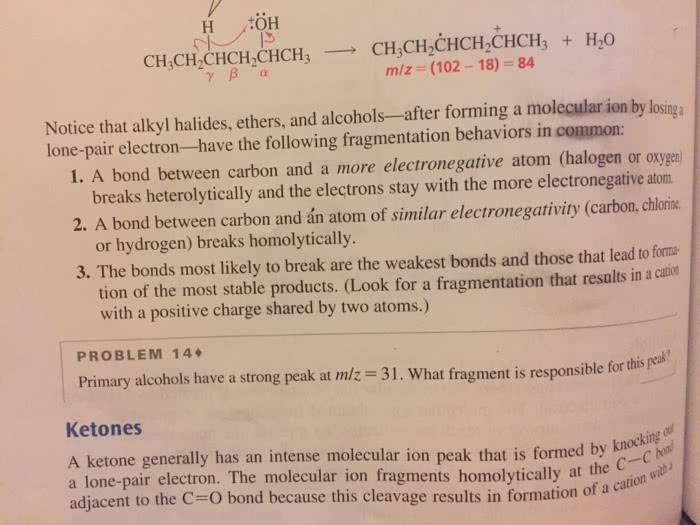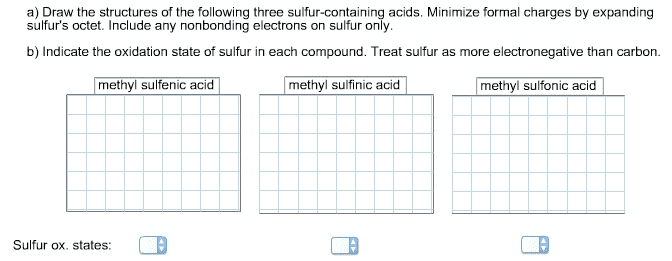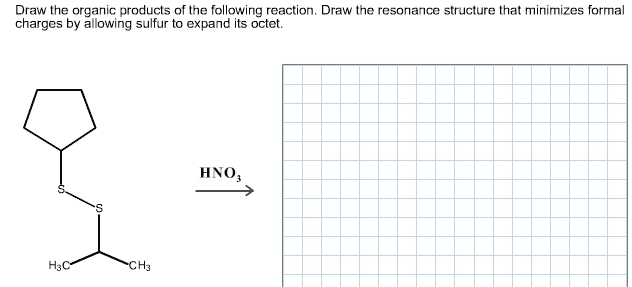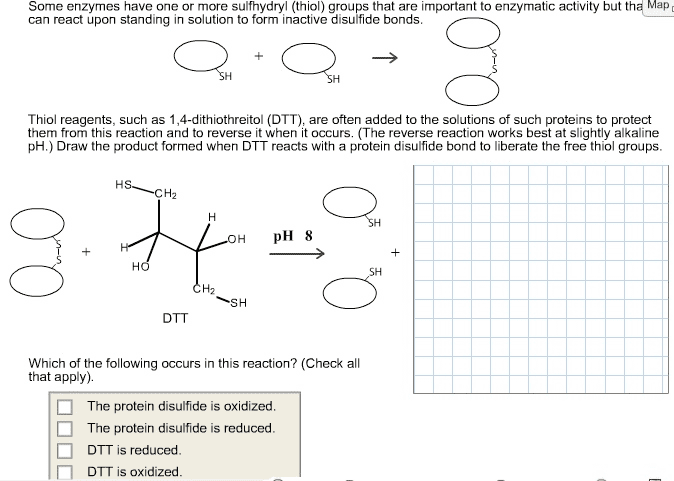CHEM 1A03 Lecture Notes - Lecture 10: Thermodynamics, Gas Constant, Electromotive Force

35
CHEM 1A03 Full Course Notes
Verified Note
35 documents
Document Summary
If we have an individual atom or ion, whatever the charge is on the atom or ion is its oxidation state. It becomes more complex when we have compounds and bonds. When we assign oxidation numbers this hypothetical treatment assigns both electrons in a bond to the more electronegative element. 1. the sum of all oxidation numbers in a molecule or ion must equal the overall charge of the molecule or ion. 4. an alkali metal (group 1) is +1 and an alkaline earth metal (group 2) is +2. 5. hydrogen is typically +1, unless forming a compound with a metal, or boron, in which cases it behaves as a hydride with an oxidation of 1. 1. 6. oxygen is typically : a notable exception is in peroxides, species with an -o o- bond, where oxygen is typically 1. 8. non-metals are typically negatively charged when in a compound with metalloids and metals, which are positively charged.






